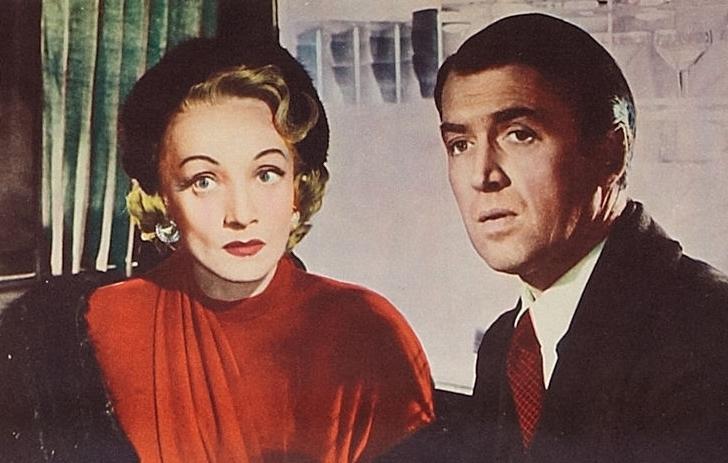Commentary
On the recommendation of Tiffany Brannan, I watched “No Highway in the Sky” (1951) with Jimmy Stewart and Marlene Dietrich. It’s an absolutely thrilling movie with tremendous scenes of what it was like to fly commercial in 1951 in all its luxury. It’s comfort, service, and spaciousness all around. Those scenes alone are remarkable but so is the overarching theme of scientific courage.





